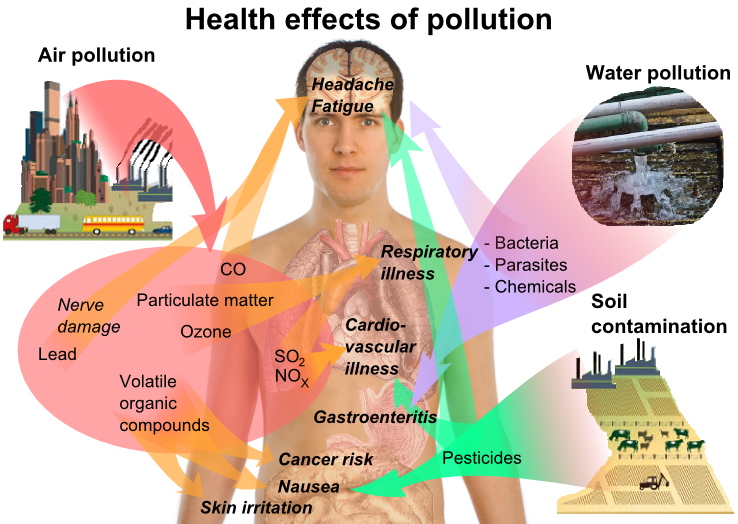The glaciers of the Canadian Arctic Archipelago will undergo a dramatic retreat this century if warming projections hold true.

A new study suggests the region's ice fields could lose perhaps as much as a fifth of their volume.
Such a melt would add 3.5cm to the height of the world's oceans. Only the ice of Greenland and Antarctica is expected to contribute more.
The assessment is reported in theGeophysical Research Letters journal.
"This is a very important part of the world where there has already been a lot of change," said lead author Jan Lenaerts from Utrecht University, Netherlands.
"And it is all the more important that we talk about it because it has been somewhat overshadowed by all the news of Greenland and Antarctica," he told BBC News.
The Canadian Arctic Archipelago is a vast area, comprising some 36,000 islands.
Being so far north, much of region - some 146,000 square km - is covered by glaciers and ice caps (a type of ice field where glaciers flow off in many directions).
Current data indicates all this ice is already thinning at a rapid rate. Gravity measurements from space suggest the annual loss since 2003 has been running at about 70 billion tonnes, and it is accelerating.
With snowfall reasonably constant over the period, it appears that melt as a result of the 1-2-degree rise in air temperatures has tipped the ice out of balance.
Arctic amplification
Dr Lenaerts' team wanted to understand how this retreat might progress in the decades ahead if the warming continues.
They developed a climate computer model for the archipelago that was based on a mid-range temperature projection being used for a big upcoming UN global-climate report - the 5th Assessment Report of the Intergovernmental Panel on Climate Change (IPCC).
First of all, they ran the model backwards to check that it could accurately recreate conditions seen in the region since the 1960s.
They then ran it forwards to simulate the possible shrinking and growth of glaciers right up to 2100.
What they found was that the annual ice loss by this date would be running at about 145 billion tonnes, with the north of the archipelago, on and around the likes of Ellesmere Island, experiencing the greatest retreat.
Added to the general atmospheric warming in the region, the researchers also describe an amplification process whereby reduced snow cover on the surrounding tundra and less sea-ice in the Arctic Ocean push up temperatures still further.
This is a consequence of darker surfaces absorbing more heat from the Sun rather than reflecting it back out into space.
"What we find is that the processes that are currently ongoing will actually continue and be re-enforced, so the mass loss will increase in time," said Dr Lenaerts.
"Our model estimates that in 2100, we have lost about 20% of the volume of Canadian Arctic Archipelago glaciers, which is a really large amount. It is equivalent to 3.5cm of global sea-level rise."

The Utrecht study was funded by the European Union's Ice2Sea project, which aims to tie down some of the major uncertainties that surround the possible contribution to ocean rise from melting in Earth's cryosphere.
Ice2Sea's project leader is Prof David Vaughan from the British Antarctic Survey.
He said the Canadian Arctic Archipelago was an important region for study because it was not very well mapped, was already experiencing major change and because in some places the ice had "its toes in the water", which meant it was subject to both atmospheric and ocean impacts.
"We've got similar systems in Alaska, in Svalbard, in Patagonia and the Russian high Arctic, and we really need to understand them better," he told the BBC.
From BBC Environment
From BBC Environment




















